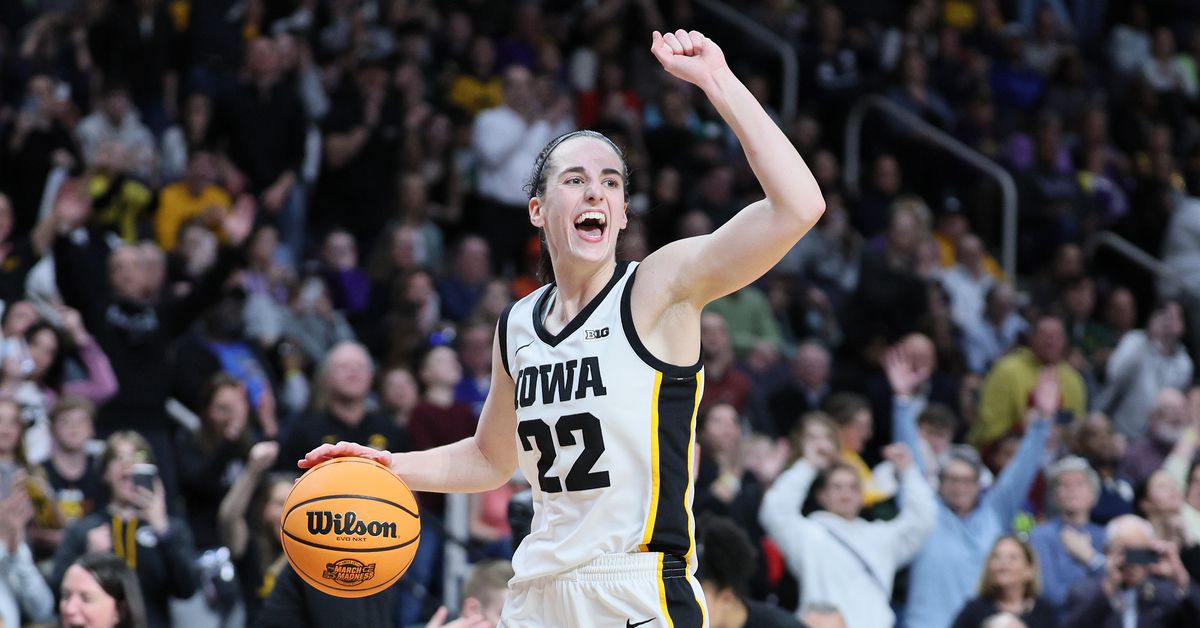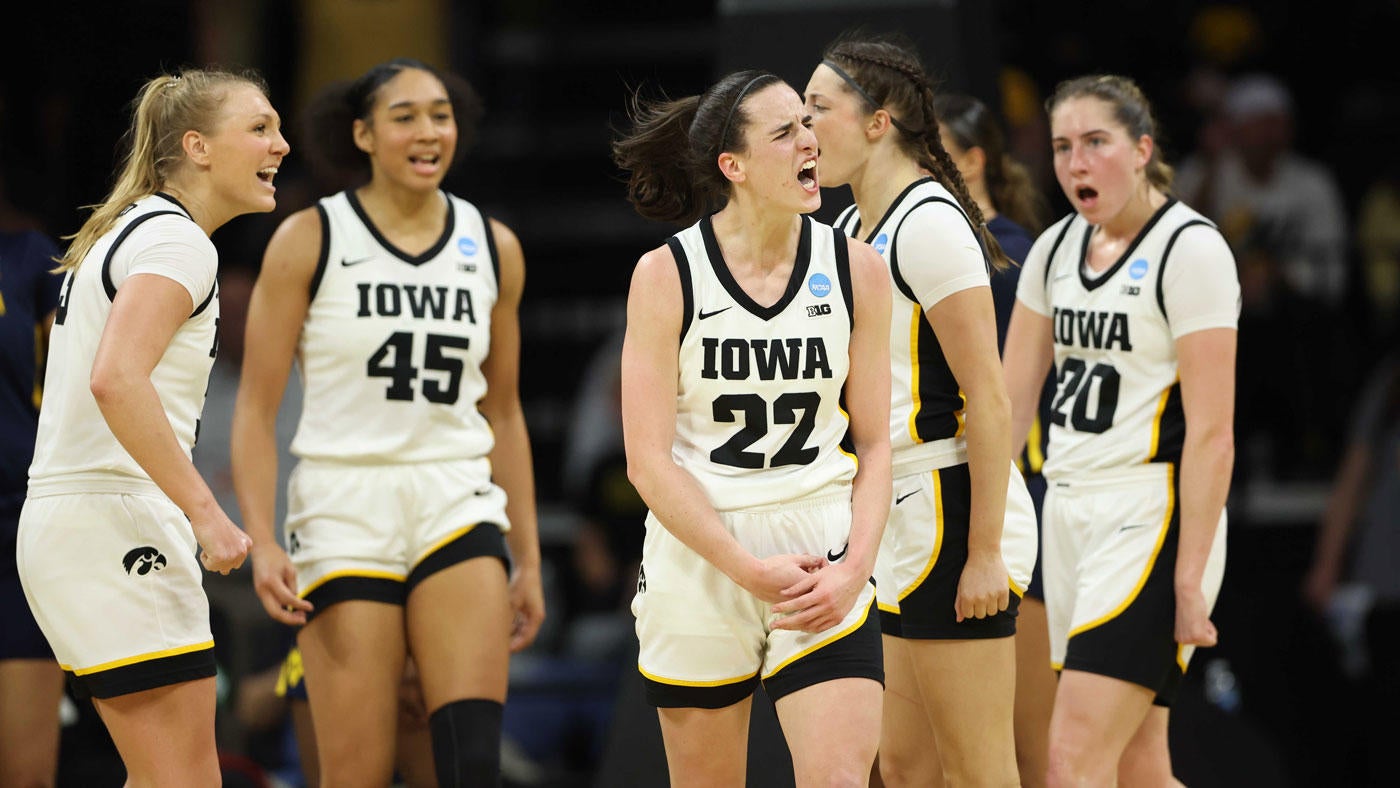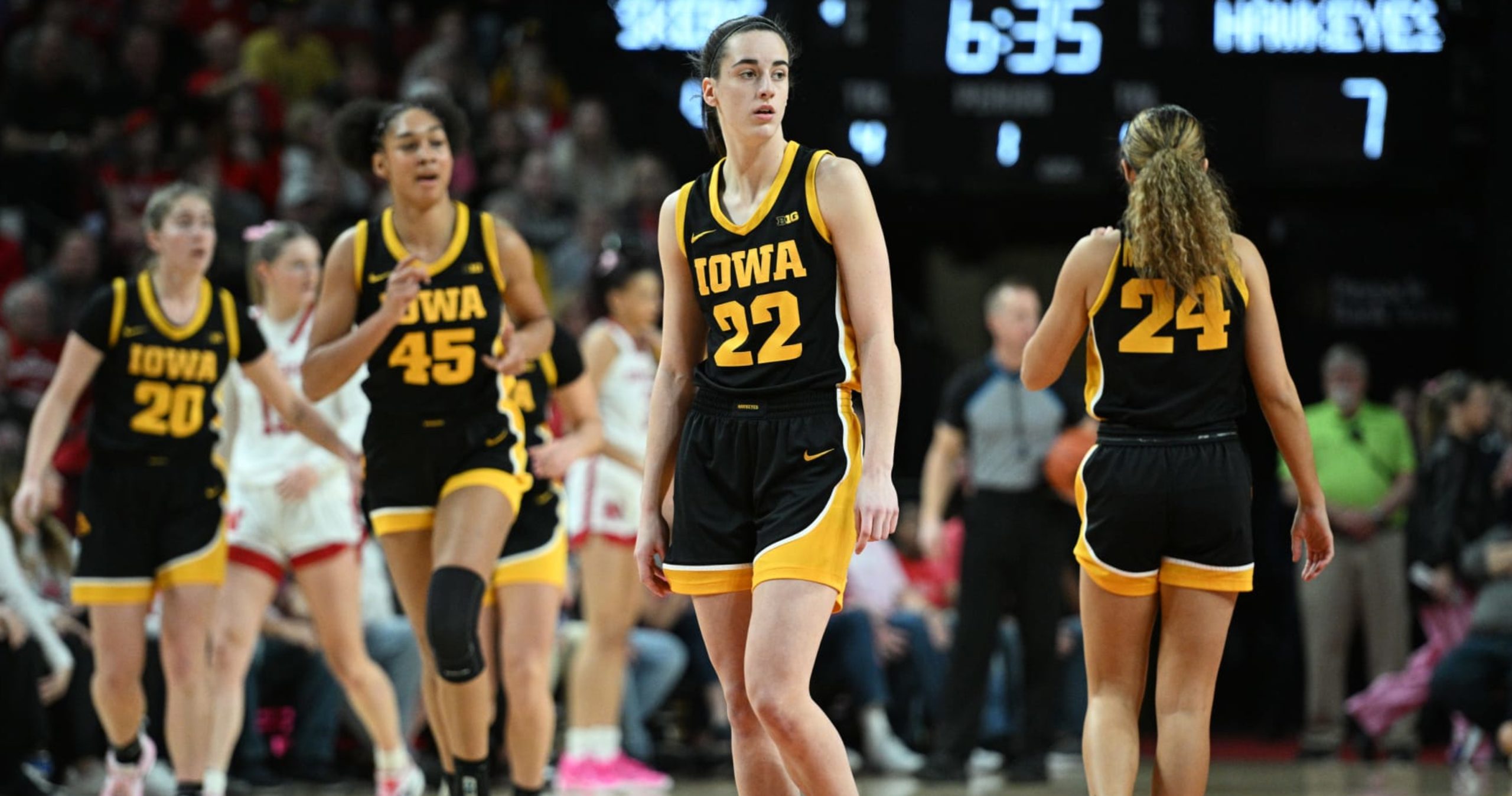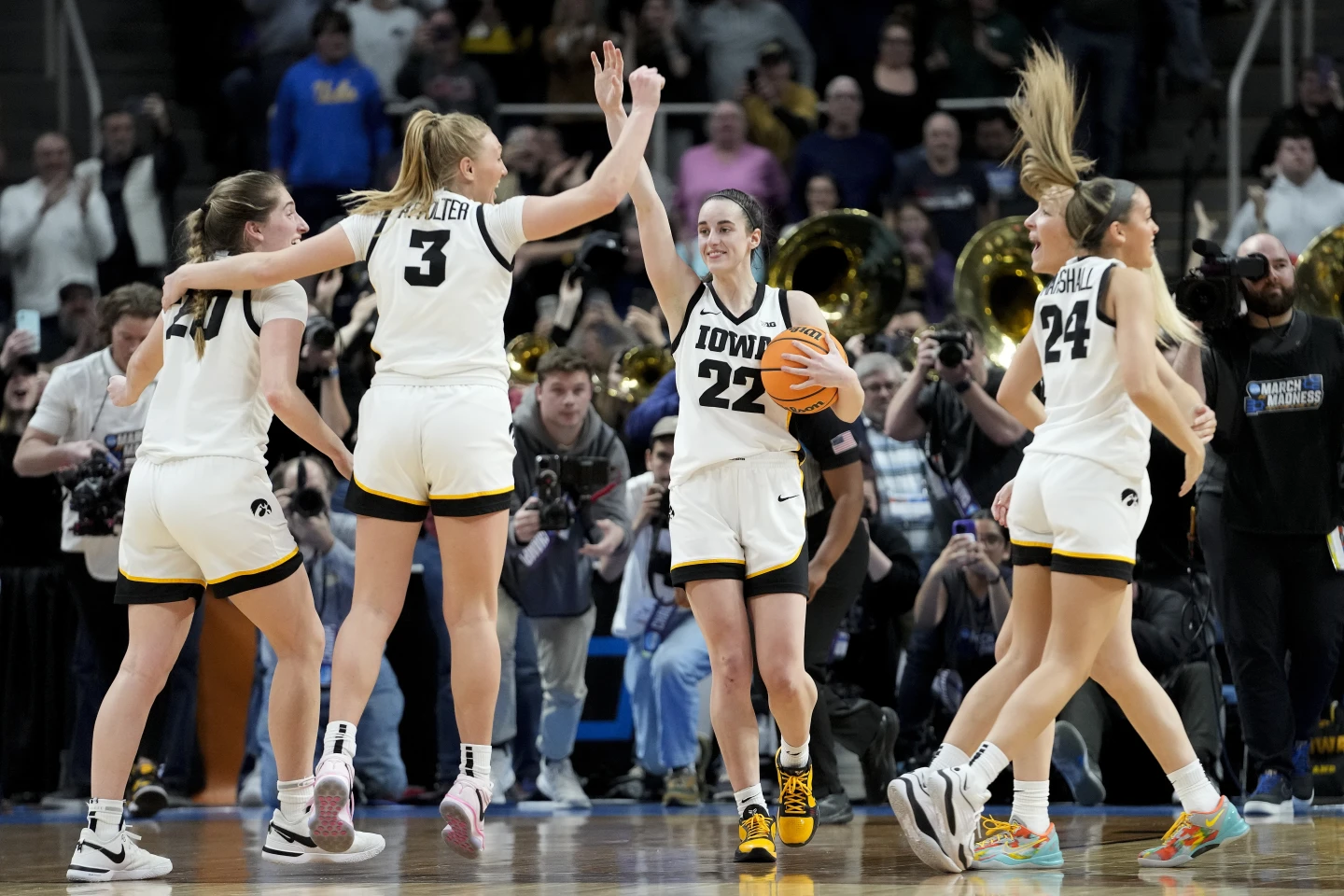The WNBA stands at a pivotal juncture, with unparalleled popularity and potential marred by internal shortcomings.
With soaring viewership and the emergence of stars like Caitlin Clark, the league has an opportunity to cement its status as a major player in the sports world. However, it faces significant hurdles, chiefly its own organizational inadequacies.
While sponsors and media partners vie for involvement, the WNBA’s sluggish expansion efforts and subpar playoff scheduling threaten to hinder its progress. Despite its longstanding tenure, the league operates with the uncertainty of a startup, failing to capitalize on its immense talent pool and marketability.
Even with the backing of the NBA, the WNBA has struggled to prioritize marketing and promotion, leaving many of its standout players unrecognized on a broader scale.

This lack of strategic direction has stunted the league’s growth potential and hindered its ability to cultivate widespread recognition for its athletes.
Despite recent steps to address these issues, such as hiring a Chief Marketing Officer, the WNBA must undertake comprehensive reforms to fully capitalize on its current momentum and secure its future as a premier sports league.
Amidst the discourse surrounding the WNBA’s viability, financial stability, and its relationship with the NBA, the league’s trajectory demands scrutiny. While critics may attribute the WNBA’s survival to its association with the NBA, the reality is more nuanced.
The WNBA’s recent revenue projections, estimated between $180 million to $200 million for the last season, demonstrate its financial viability.
This surge in revenue is significant given the historical undervaluation of women’s sports, highlighting the progress made despite enduring systemic challenges.

The league stands at a pivotal juncture, with the emergence of collegiate stars like Caitlin Clark and Angel Reese presenting a unique opportunity to capitalize on increased fan interest.
With strategic marketing initiatives and a focus on promoting its star players, the WNBA aims to leverage this momentum to secure its position as a premier sports league.
Commissioner Cathy Engelbert’s vision for the WNBA emphasizes bold expansion and robust marketing strategies to harness the talent and appeal of its athletes.
As the league approaches negotiations for a new media rights deal in 2025, Engelbert emphasizes the importance of fair valuation and increased control over broadcasting arrangements.
The WNBA’s upcoming media rights deal presents a crucial opportunity to assert its value and reshape the narrative surrounding women’s sports. Engelbert’s determination to seize this moment is evident, recognizing the transformative potential of the current scenario.
The WNBA’s ability to capitalize on the shifting perceptions of women’s sports hinges on its ability to bring out the best in its stars and assert its presence in the sports industry. As Caitlin Clark aptly puts it, the WNBA is not just attracting viewers; it is changing the game.

The WNBA’s future success rests on its ability to navigate these challenges and seize the opportunities afforded by its current momentum. With bold leadership and strategic vision, the WNBA stands poised to cement its legacy and shape the future of women’s sports for decades to come.
